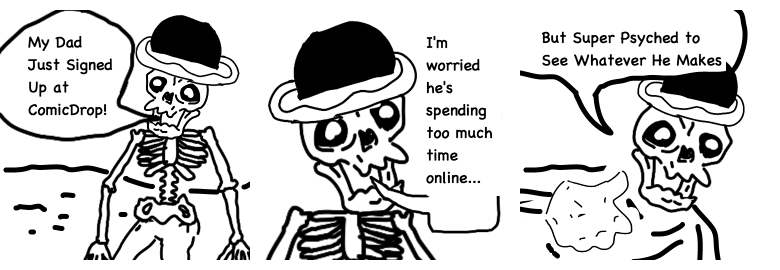Sarah Rothberg
Virtual Memory/ Memory Memory is a series of artistic research projects examining the relationship between memory, media, attention, loops, attention, media, and memory.
Description
Media reflects the moment it was created. What is the effect on memory of shifting from analog, fixed in physical time and space, to digital? Does the relative mutability of digital archives leave us stuck in loops?
"Attn:Lifelog" passively indexes gopro footage with eeg attention data.
"URLoop" is a browser extension which alerts users when they navigate from website to website in a looped pattern mirroring deterministic thought processes of people with memory loss.
"Memory Place" is composed of personal memory artifacts, digital and digitized, arranged in a navigable virtual environment. The space created from my own memory-artifacts functions as a prototype: I will offer memory-virtualization services for a modest fee via the web.


